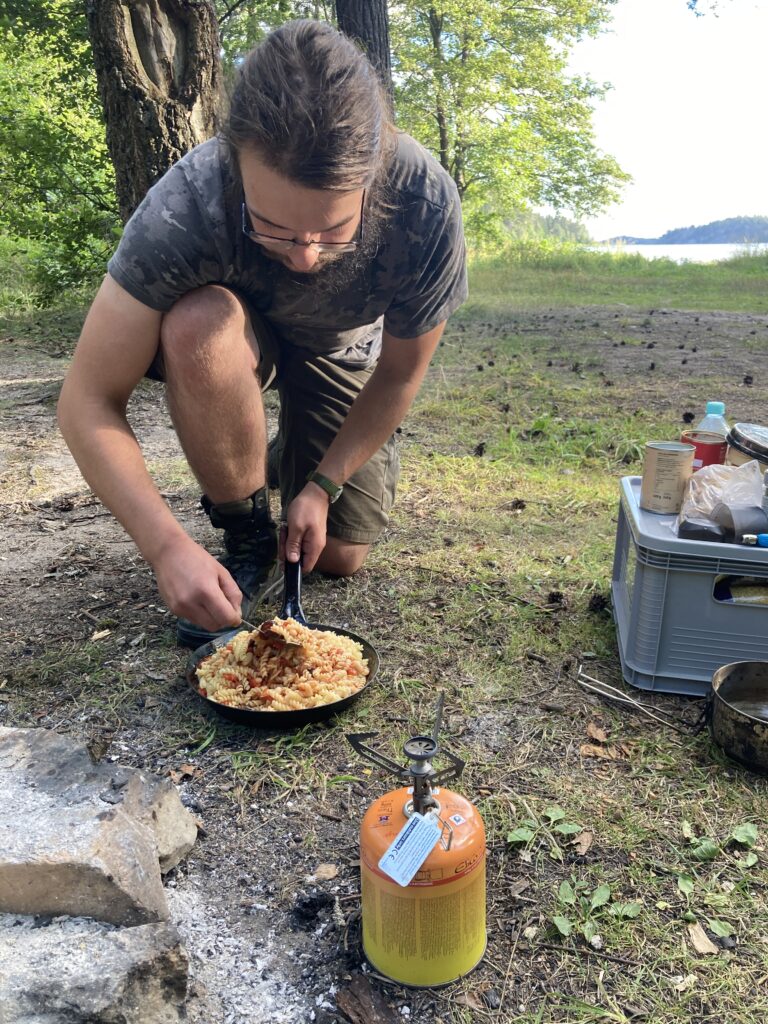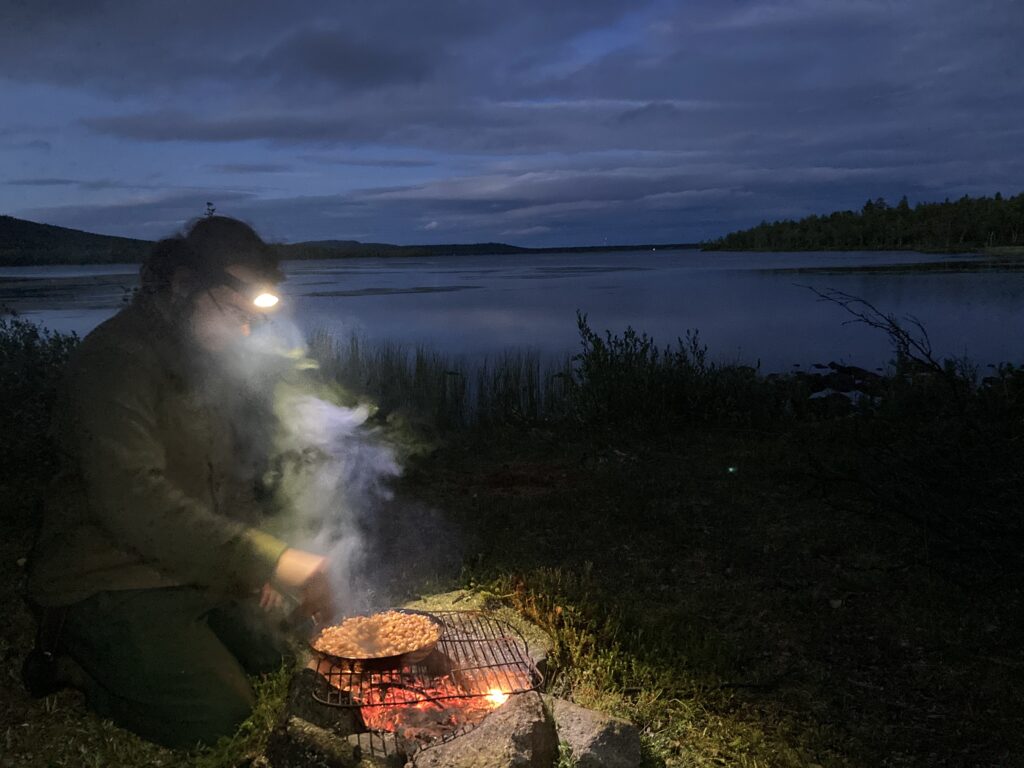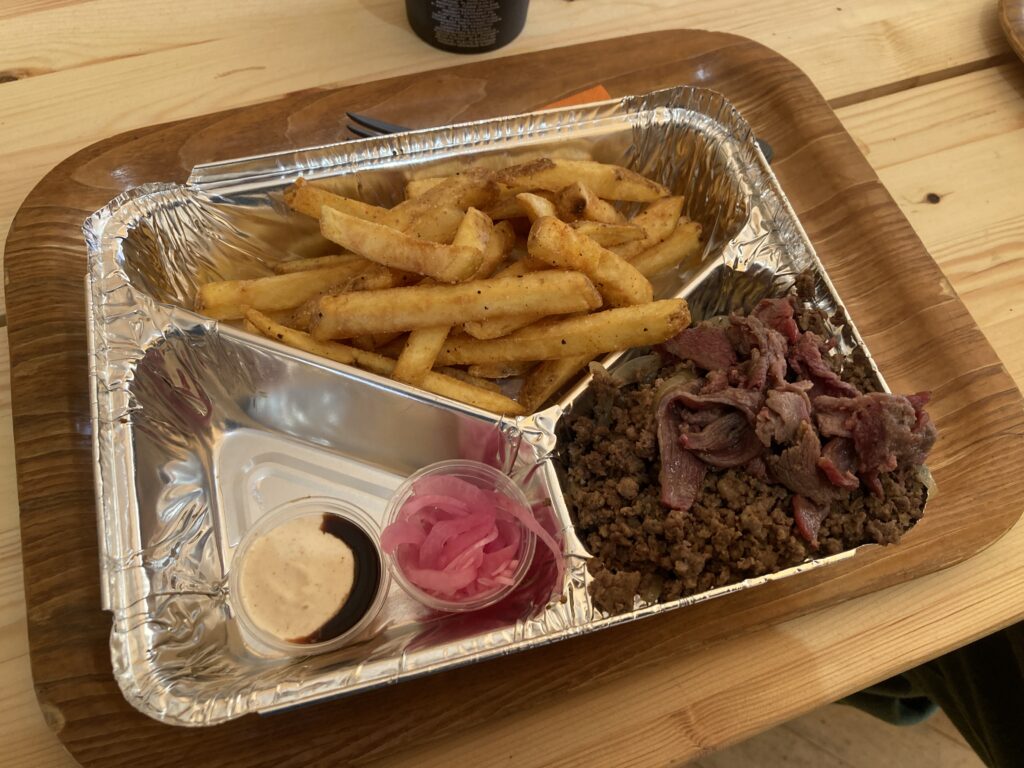This year I bought a car and spent some time traveling with it. With traveling comes provisioning, which has to be planned well if you don’t want to lose a fortune buying things on the go. In this post, I’d like to share my experience with car cooking — what food and equipment I use when traveling. Of course, I’m not a camper owner; I don’t even have a dedicated roof-mounted tent. That’s why I especially dedicate this article to those who travel with simple family cars and want to travel cheaply.
The Food
When buying food for your trip, you need to take a few questions into account:
- How long do I plan on traveling?
- What will the environment’s temperature and humidity be during the trip?
- How much space do I have?
Food Longevity
If you’re planning a journey that will take a few weeks or more, there’s a great risk that all non-preserved food will spoil. Take only long-lasting foods, but if you want to bring some fresh ingredients, make sure they’re eaten within the first week. If you’re traveling for a shorter time — two weeks or less — this isn’t such a big issue. Just remember not to take fast-spoiling or sensitive goods such as fresh meat and fish, liquid or unprocessed dairy, fresh eggs, soft vegetables and fruit, or soft white bread.

Temperature and Water Sensitivity
Colder environments are great for food storage. The inside of a car is usually dry, and when it’s also cold, it becomes an excellent refrigerator. Just make sure not to overuse your air conditioning and avoid parking your car in full sunlight for long periods — if your four-wheeled “refrigerator” heats up, your food can spoil quickly. Of course, this isn’t a problem if you’re relying exclusively on canned and dry goods.
When the weather is hot, be cautious when buying food. Choose only well-preserved, tightly packed goods with expiration dates far ahead. If you want meat in your diet, use only canned or dried meat, and don’t let the cans be exposed to sunlight or high temperatures. You should also bring a portable refrigerator with frozen inserts to keep things cool. Even if the inserts defrost, it’s still a good insulator.
If the weather is going to be wet, make sure everything is tightly packed and protected with plastic bags. I hate plastic, but in this case, it’s better than finding an entire bag of grain spoiled by humidity.
Space
The less space you have, the more compact your food must be. If your car is small, choose calorie-dense, dry foods. In this case, I recommend reading my article about food rations for hiking ( https://bush-cook.com/2025/07/18/daily-food-rations-for-hiking-simple-light-and-nutritious/ ) as the diet of small-car travelers will be quite similar. Store your food in collapsible or stackable crates and boxes — once one is empty, you can simply fold it and gain some extra space.
If space is tight, consider replacing a bulky portable refrigerator with a thick cooling bag. If it’s of good quality, it will serve the same purpose, and when empty, you can roll it up to save space. You can even make one yourself!
My Recommendations
I’ve personally traveled only in Central and Northern Europe, where temperatures were warm or cold, but never scorching hot.
The products that served me well were:
- Canned vegetables and beans
- Canned meat preserves (at least 90% meat content)
- Canned tomatoes (puree and pulp)
- Couscous grains
- Tortilla wraps
- Dense crackers
- Clarified butter
- Instant noodles and pasta
- Instant oat flakes
- Powdered milk
I don’t recommend buying ready-to-eat canned meals — they’re mostly junk. The amount of preservatives and artificial meat-like filaments can be off-putting. It’s best to buy products with short, simple ingredient lists (e.g., canned carrots: carrot, water, sugar, salt) and prepare your meals yourself.

Summary
Canned and dry goods are excellent for car travel. Fresh ingredients should be used sparingly and only if the weather isn’t going to be hot and humid. The best way to store your food is in foldable or stackable boxes or crates, and in portable refrigerators or cooling bags. The less space you have for food, the more dry and calorie-dense items you should bring.
Sometimes you’ll travel in countries where food is cheap and easy to find. In that case, making big food reserves is pointless. Buy some basic dry ingredients (fat, carbs, and a durable protein source) to have on hand for emergencies, but generally, it’s best to buy and eat fresh food when possible.
If it fits your budget, taste the local food! Even if your budget is tight, I highly recommend trying some interesting local specialties — culinary adventures are part of the travel experience. For example, during my trip to Sweden, I had food in my car that lasted for the whole journey (Sweden is quite expensive compared to Poland), but I didn’t hesitate to try some moose and reindeer meat and other local delicacies — there’s nowhere else you’ll find them!
Also, remember to bring some spices. Salt, pepper, paprika, and curry can make your food taste much better than something straight from a can.

If you have your own experiences with long car trips and cooking, share your thoughts in the comments below! I’m sure there are plenty of things I didn’t mention here, so every extra bit of knowledge is welcome.

